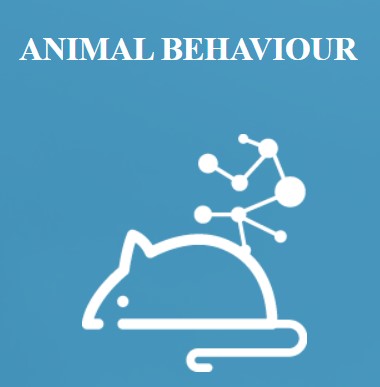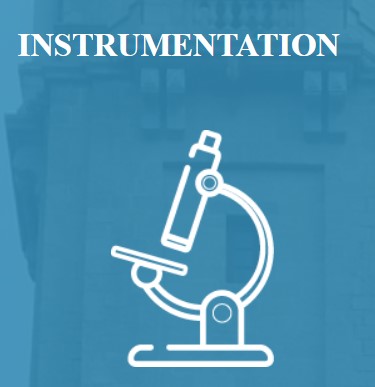The NeuroDynamics Lab
Center For NeuroScience, IISc
About the Lab
We are interested in investigating neurobiology of learning and memory. Memories once formed transform over time due to an interesting phenomena of systems consolidation. How and when does our brain utilize our past experiences ? Does how these memories are acquired and organized play a role in how our brain arrive at solutions to novel problems ? How does sleep affect these process ? We try to understand the relationship between memories of recent and remote life time events and how they interact and influence each other. We use and develop advanced microscopy, spectroscopy optogenetics, photometry, virtual reality(VR) and multiphoton excitation based longitudinal in-vivo imaging , functional Near Infra Red Spectroscopy (fNIRS) along with various behavioural paradigms in mice and humans to address these questions.
research

We use or develop an array of small animal behaviors to understand the key questions stated above. Some of these behavioral paradigms are fear conditioning, Morris water maze, STFP (Social Transfer of Food Preference), social recognition, Object recognition, Event arena based navigational tasks or their modifications thereof. We also come with novel behavior that makes use of the etiological features of an organism to learn and adapt.

We use custom built multi-photon system for deep-tissue-imaging. This requires a considerable instrumentation, development of new hardware and software tools. We adapt a learn to built and built to use approach to push the limits of the devices, measurement techniques to advance newer perspective that were not explored before. We believe in addressing the problem without being curtailed by the limits of measurements and techniques. In order to observe real-time neuronal activity in behaving mice, we use a combination of molecular tools along with inhouse developed optical, spectroscopic and microscopic methods. One such current development in our lab is the use of our custom made opto-electronic device (fNIRS) in order to observe real-time neuronal activity in awake human subjects while they are encaged in screen based tasks.

In order to address some of the critical and fundamental questions in the field of learning and memory, we need to tag neurons participating in memory and finely controlling their excitability, and activation through excitation and inhibition. This we achieve through opto as well as chemo genetics. We also use and develop large scale brain imaging methods to visualize brain wide connectome of activated neurons.
